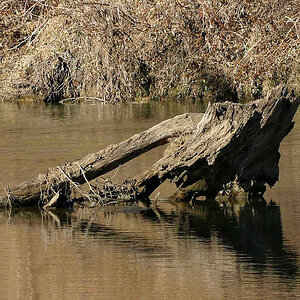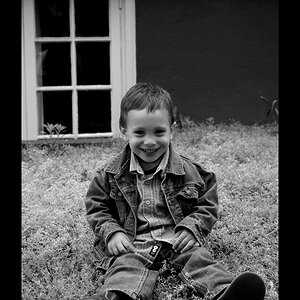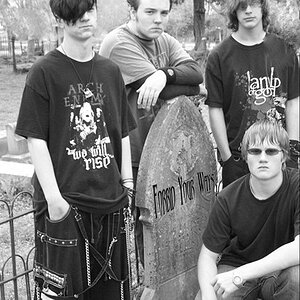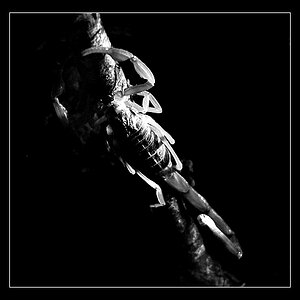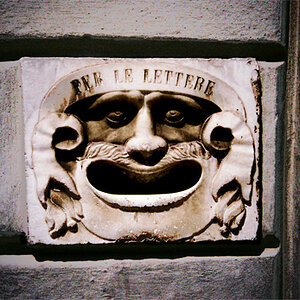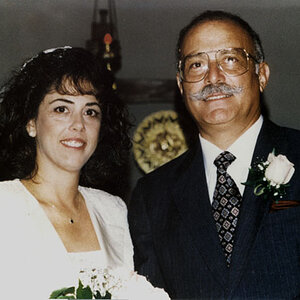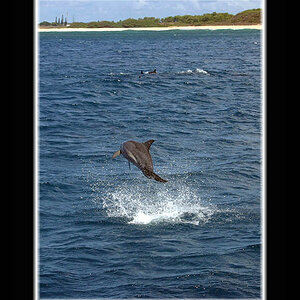audiobomber
TPF Noob!
- Joined
- Mar 16, 2008
- Messages
- 108
- Reaction score
- 0
- Location
- Sudbury ON, Canada
- Can others edit my Photos
- Photos OK to edit
See all that hideous yellow? See the poor exposure where shadows are lost? Yeah. RAW would have made that far less of a problem, and possibly even a non-issue. JPG? No way. That info was GONE.
RAW has a very real and distinct purpose. Use it if you care that your pictures are as good as they can possibly be. Period.
Jpegs can be edited, just not to the same extent. You could do better, it was hard to process without knowing what the original scene looked like.





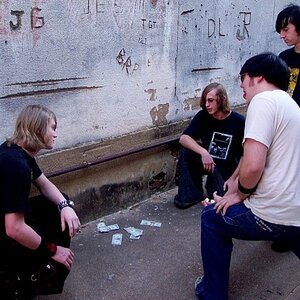

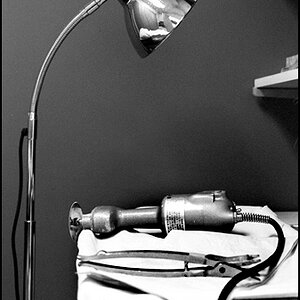

![[No title]](/data/xfmg/thumbnail/41/41928-733459df56e3fa2fe957f910305d4e37.jpg?1619739945)
